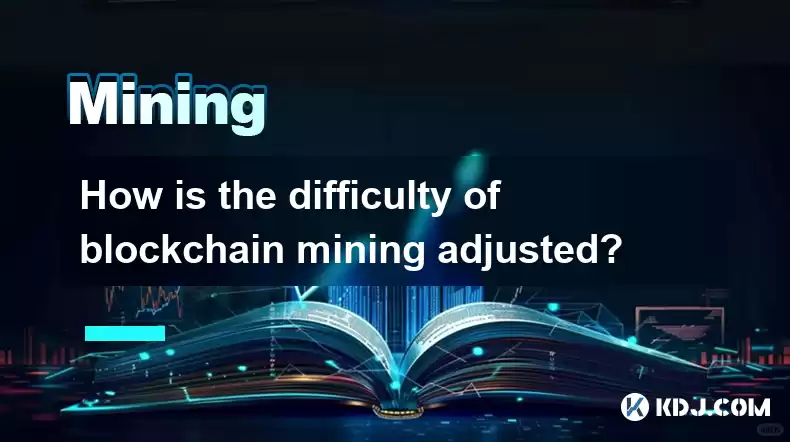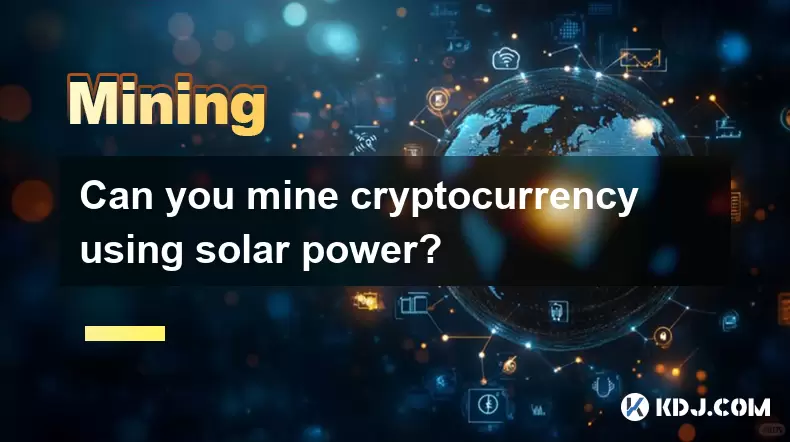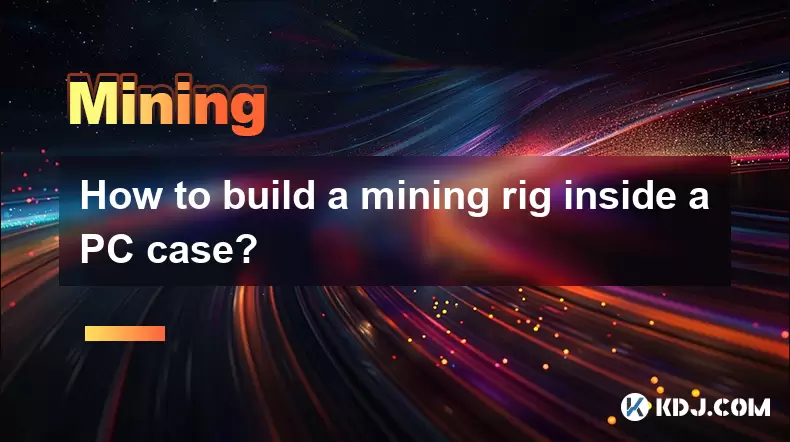-
 Bitcoin
Bitcoin $117500
2.15% -
 Ethereum
Ethereum $3911
6.19% -
 XRP
XRP $3.316
10.79% -
 Tether USDt
Tether USDt $1.000
0.01% -
 BNB
BNB $787.2
2.24% -
 Solana
Solana $175.2
4.15% -
 USDC
USDC $0.9999
0.00% -
 Dogecoin
Dogecoin $0.2225
8.40% -
 TRON
TRON $0.3383
0.28% -
 Cardano
Cardano $0.7868
6.02% -
 Stellar
Stellar $0.4382
9.34% -
 Hyperliquid
Hyperliquid $40.92
7.56% -
 Sui
Sui $3.764
7.63% -
 Chainlink
Chainlink $18.48
10.66% -
 Bitcoin Cash
Bitcoin Cash $582.1
1.88% -
 Hedera
Hedera $0.2601
6.30% -
 Avalanche
Avalanche $23.33
4.94% -
 Ethena USDe
Ethena USDe $1.001
0.02% -
 Litecoin
Litecoin $122.3
2.04% -
 UNUS SED LEO
UNUS SED LEO $8.969
-0.27% -
 Toncoin
Toncoin $3.339
0.86% -
 Shiba Inu
Shiba Inu $0.00001287
4.30% -
 Uniswap
Uniswap $10.43
7.38% -
 Polkadot
Polkadot $3.861
5.08% -
 Dai
Dai $1.000
0.02% -
 Bitget Token
Bitget Token $4.513
3.41% -
 Monero
Monero $267.7
-6.18% -
 Cronos
Cronos $0.1499
4.14% -
 Pepe
Pepe $0.00001110
5.15% -
 Aave
Aave $284.9
8.28%
How is the difficulty of blockchain mining adjusted?
Blockchain mining difficulty automatically adjusts to maintain consistent block generation times, based on the network's hash rate; higher hash rates increase difficulty, while lower rates decrease it, ensuring network stability and security.
Mar 17, 2025 at 04:05 pm

Key Points:
- Blockchain mining difficulty adjusts automatically to maintain a consistent block generation time.
- The adjustment is based on the network's overall hash rate.
- A higher hash rate leads to a difficulty increase, while a lower hash rate results in a difficulty decrease.
- The adjustment algorithm varies slightly depending on the specific blockchain.
- Understanding difficulty adjustments is crucial for miners and for the overall health of the blockchain network.
How is the Difficulty of Blockchain Mining Adjusted?
The difficulty of blockchain mining is a crucial mechanism that ensures the stability and security of the network. It dynamically adjusts to maintain a consistent block generation time, preventing the network from becoming overloaded or too slow. This prevents centralization and maintains the decentralized nature of the blockchain. The core principle is simple: adjust the difficulty to match the network's processing power (hash rate).
The adjustment process is not controlled by any single entity. Instead, it's an automated mechanism embedded within the blockchain's protocol. This decentralized nature is critical for maintaining the trust and security of the system. Any centralized control over difficulty would be a major vulnerability.
The frequency of these difficulty adjustments varies across different blockchains. Some adjust every few hours, while others might do so every two weeks. Bitcoin, for example, adjusts its difficulty approximately every two weeks. This timeframe allows for sufficient data collection to accurately reflect changes in the network's hash rate.
The Mechanics of Difficulty Adjustment:
The specific algorithm used to adjust the difficulty differs slightly depending on the blockchain. However, the underlying principle remains the same: target block generation time. Bitcoin, for example, aims for a block generation time of approximately 10 minutes. The difficulty is adjusted proportionally to achieve this target.
- Hash Rate Measurement: The network continuously monitors the average hash rate over a specific period (e.g., two weeks for Bitcoin). This measures the combined computational power of all miners.
- Target Block Time Calculation: The protocol compares the actual block generation time against the target block generation time. A shorter time indicates a higher hash rate, and vice-versa.
- Difficulty Adjustment Calculation: Based on the difference between actual and target block generation time, the algorithm calculates a new difficulty level. This is a mathematical formula, specific to each blockchain, that directly adjusts the difficulty.
- Implementation of New Difficulty: The new difficulty is then implemented in the next block, affecting all subsequent mining operations. This means that the computational power required to solve the cryptographic puzzle changes, directly influencing the probability of successfully mining a block.
Impact of Difficulty Adjustment:
This automatic adjustment mechanism plays a vital role in maintaining the health and stability of a blockchain network. If the difficulty wasn't adjusted, several issues could arise:
- Network Overload: If the hash rate increases significantly without difficulty adjustment, blocks would be generated too quickly, potentially overwhelming the network.
- Network Congestion: Conversely, a decrease in hash rate without difficulty adjustment would lead to excessively long block generation times, causing network congestion and delays in transaction confirmations.
- Security Compromise: A consistently low difficulty could make the blockchain vulnerable to attacks, as it would require less computational power to successfully mine blocks and potentially manipulate the blockchain.
Understanding Difficulty and Mining Profitability:
The difficulty adjustment directly impacts miners' profitability. A higher difficulty means that miners need more computational power to solve the cryptographic puzzle and earn rewards. This increased competition can reduce individual mining profitability. Conversely, a lower difficulty makes mining more profitable, as the chances of success increase. This interplay between difficulty and profitability is a fundamental aspect of the blockchain ecosystem. Miners constantly evaluate the profitability of their operations based on the current difficulty, energy costs, and block rewards. These factors drive the overall health and sustainability of the mining ecosystem. Understanding the difficulty adjustment mechanism is crucial for making informed decisions. The network's ability to adapt to fluctuating hash rates is a key indicator of its robustness and resilience.
Frequently Asked Questions:
Q: What happens if the difficulty adjustment mechanism fails?
A: A failure in the difficulty adjustment mechanism could lead to either network congestion (if the difficulty remains too high) or security vulnerabilities (if the difficulty remains too low). It's a critical component of blockchain stability.
Q: Can miners manipulate the difficulty adjustment?
A: No, the difficulty adjustment is a decentralized, automated process. Individual miners cannot influence it, preventing any single entity or group from controlling the network's hash rate.
Q: How does the difficulty adjustment affect transaction fees?
A: While not directly related, high difficulty (and thus slower block times) can indirectly lead to higher transaction fees as users compete for space in blocks.
Q: Is the difficulty adjustment the same for all cryptocurrencies?
A: No, while the underlying principle is similar, the specific algorithms and adjustment periods vary across different blockchains. Each blockchain has its own unique parameters and rules.
Q: What are the long-term implications of consistent difficulty adjustments?
A: Consistent difficulty adjustments ensure the blockchain maintains its intended block generation time, preserving network stability and security in the long run. This prevents centralization and maintains the integrity of the blockchain.
Disclaimer:info@kdj.com
The information provided is not trading advice. kdj.com does not assume any responsibility for any investments made based on the information provided in this article. Cryptocurrencies are highly volatile and it is highly recommended that you invest with caution after thorough research!
If you believe that the content used on this website infringes your copyright, please contact us immediately (info@kdj.com) and we will delete it promptly.
- Tron's Sell-Off Spurs Altcoin Shift: What's Next for TRX?
- 2025-08-08 08:30:12
- Sleep Token's US Takeover: Thornhill Rides the 'Even In Arcadia' Wave
- 2025-08-08 08:30:12
- FTT Token's Wild Ride: Creditor Repayments vs. Market Drop - A New Yorker's Take
- 2025-08-08 07:10:12
- Floki Crypto Price Prediction: Riding the Robinhood Rocket or Just a Meme?
- 2025-08-08 07:15:12
- EigenLayer, Restaking, and Ethereum: Navigating the Hype and the Hazards
- 2025-08-08 06:30:12
- Super Bowl 59: Jon Batiste to Jazz Up the National Anthem
- 2025-08-08 06:30:12
Related knowledge

What is "proof-of-work" and how does it relate to mining?
Aug 07,2025 at 02:03pm
Understanding the Concept of Proof-of-WorkProof-of-work (PoW) is a consensus mechanism used in blockchain networks to validate transactions and secure...

What are the differences between mining on Windows vs. Linux?
Aug 06,2025 at 11:29pm
Overview of Cryptocurrency Mining PlatformsCryptocurrency mining involves using computational power to solve complex cryptographic puzzles and validat...

How to use an old computer for cryptocurrency mining?
Aug 07,2025 at 12:42pm
Understanding the Feasibility of Using an Old Computer for MiningUsing an old computer for cryptocurrency mining may seem outdated, but it is still te...

Can you mine cryptocurrency using solar power?
Aug 07,2025 at 12:00am
Understanding the Basics of Cryptocurrency MiningCryptocurrency mining involves validating transactions on a blockchain network by solving complex cry...

How to build a mining rig inside a PC case?
Aug 06,2025 at 11:01pm
Understanding the Basics of a Mining Rig in a PC CaseBuilding a mining rig inside a PC case involves transforming a standard computer chassis into a d...

What are the best cryptocurrencies to mine with an ASIC?
Aug 08,2025 at 01:22am
Understanding ASIC Mining and Its Role in CryptocurrencyASIC stands for Application-Specific Integrated Circuit, a specialized hardware designed to pe...

What is "proof-of-work" and how does it relate to mining?
Aug 07,2025 at 02:03pm
Understanding the Concept of Proof-of-WorkProof-of-work (PoW) is a consensus mechanism used in blockchain networks to validate transactions and secure...

What are the differences between mining on Windows vs. Linux?
Aug 06,2025 at 11:29pm
Overview of Cryptocurrency Mining PlatformsCryptocurrency mining involves using computational power to solve complex cryptographic puzzles and validat...

How to use an old computer for cryptocurrency mining?
Aug 07,2025 at 12:42pm
Understanding the Feasibility of Using an Old Computer for MiningUsing an old computer for cryptocurrency mining may seem outdated, but it is still te...

Can you mine cryptocurrency using solar power?
Aug 07,2025 at 12:00am
Understanding the Basics of Cryptocurrency MiningCryptocurrency mining involves validating transactions on a blockchain network by solving complex cry...

How to build a mining rig inside a PC case?
Aug 06,2025 at 11:01pm
Understanding the Basics of a Mining Rig in a PC CaseBuilding a mining rig inside a PC case involves transforming a standard computer chassis into a d...

What are the best cryptocurrencies to mine with an ASIC?
Aug 08,2025 at 01:22am
Understanding ASIC Mining and Its Role in CryptocurrencyASIC stands for Application-Specific Integrated Circuit, a specialized hardware designed to pe...
See all articles

























































































